Many companies pour time and money into initiatives, features, campaigns, and growth programs – only to see little or no return. The main culprit? A lack of strategy.
It’s all too common for teams to build detailed personas without first defining their ideal customer, or to let revenue pressure push them toward accounts that don’t fit their ideal customer profile (ICP). Too often, big decisions are also made on gut feel, without market validation or the right data to back them up.
The result: lower retention and wasted resources.
The difference between companies that grow steadily and those that don’t often comes down to having – or lacking – a strong, simple foundation. That foundation is the strategic funnel, which starts broad with your target audience, then narrows to your ICP, and finally to personas.
This framework isn’t built in isolation. It’s the result of collaboration across product marketing, strategic marketing, sales, and other teams, each contributing market knowledge, data, and business direction. Together, they create focus, consistent messaging, and – most importantly – tangible results that drive growth.
You can picture it like this:
Target audience → ICP → persona
It’s not just a process – it’s the guiding strategy that helps you work with the right people, at the right time, with the right message. Once this funnel is in place, your campaigns stop being shots in the dark and start becoming deliberate levers for growth and success.
In this article, you’ll learn how this framework works in practice and how you can apply it to your role as a PMM. Here’s a taste of what we’ll cover:
- On overview of the strategic funnel
- Product marketing’s a role in this process
- Practical tips and tools for applying the strategic funnel
- Common mistakes and how to avoid them
Let’s dive in.
The strategic funnel: Target audience → ICP → persona
Picture a funnel that takes countless possibilities and distills them into the most promising opportunities. This is the strategic funnel every organization must learn to master in order to grow with focus and direction.
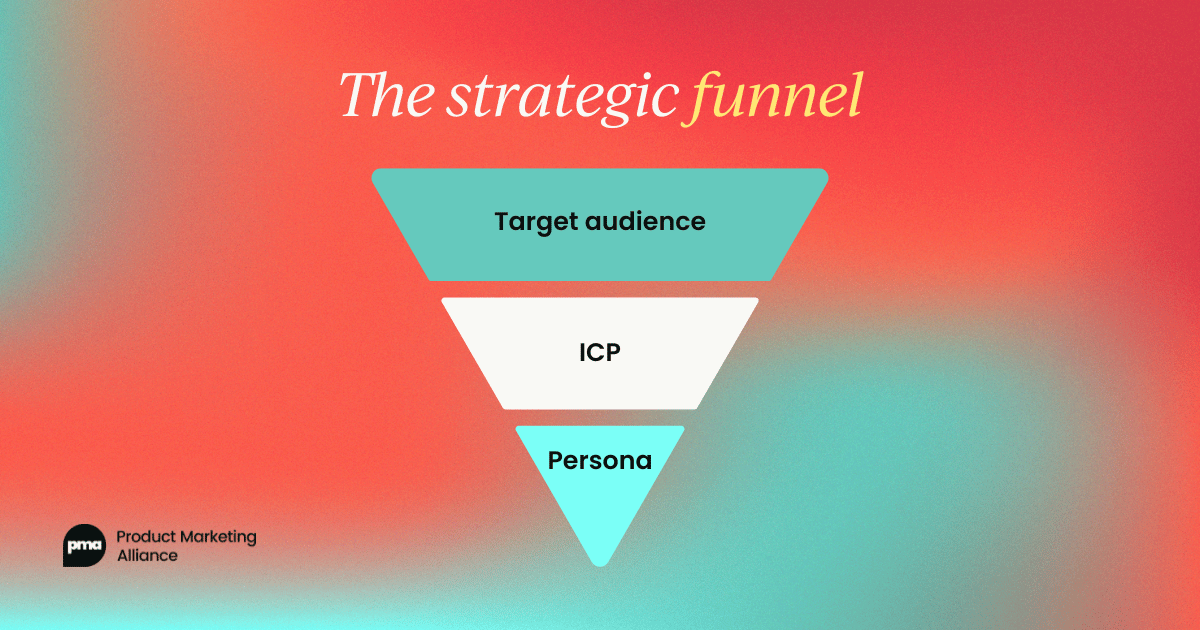
At the top, you have the target audience, a broad category of people who can purchase your product or service. It's the starting point, the universe of possible customers, and as such, it is the widest and least qualified component of your funnel.
The magic happens next, as you refine your target audience into your ideal customer profile. You begin to get more focused and more narrow in your approach. This is where your focus sharpens; you identify the companies or buyers who should buy because their needs, characteristics, and behaviors signal higher value and long-term success. Every time you aim at this group, you’re making a smarter investment of your time, energy, and resources.
The bottom of the funnel represents the most specific and strategic element of the funnel: personas. These are the real people – decision-makers, influencers, and users – who make decisions and interact with your brand. Knowing them intimately allows you to craft the right messages, shape products that fit, and create experiences that resonate.
Think of the funnel like this:
- Target audience: Who can buy – the wide-ranging universe of possibilities.
- ICP: Who should buy – the strategic focus that enables sustainable growth.
- Persona: Who makes the decision – the real human beings connecting the business to the market.
This funnel isn’t just a process; it’s the compass guiding your entire marketing, sales, and product strategy. It’s what separates teams that get lucky from those who consistently know where to invest for results that are tangible, repeatable, and scalable.
Let’s take a closer look at each layer of the funnel.
Layer 1: Target audience – who can buy?
Your target audience is the broadest layer of the funnel – the wide map of potential customers who could be interested in your solution. At this stage, no filters have yet been applied; you’re simply defining the universe of possibilities so you don’t overlook valuable opportunities.
As a product marketer, your role at this stage is to synthesize information from multiple sources – market research, demographics and behavior data, industry reports, global trends, and internal company knowledge. When you combine these inputs, you build a realistic and actionable understanding of who could buy, where they operate, and how opportunities might emerge.
Take a logistics tech company as an example. Its target audience might span from local transportation firms to large e-commerce retailers managing their own urban fleets. This presents a number of avenues for developing strategies and generating interesting ideas.
At this stage, market sizing is critical for framing the size and scale of the opportunity in each audience segment. Broad campaigns can help drive initial awareness and engagement, while segmentation work signals which groups deserve closer attention as you move down the funnel, when activities become more detailed and audience-specific.
Example of a target audience
Goal: To determine the widest universe of potential buyers.
Company: A logistics technology firm specializing in intelligent route optimization
Target audience: E-commerce companies, regional carriers, urban delivery franchises, and marketplaces with their own delivery operations in mid-to-large urban centres. These potential customers are receiving growing numbers of online orders and are struggling to help drivers pick the most efficient routes. They may not yet feel an urgent pain point, but can realize efficiency gains from the solution.
Market mapping macro criteria:
- Market segment: Logistics, e-commerce, omnichannel retail, and marketplaces with in-house delivery fleets.
- Geography: Major metropolitan areas in Brazil with large population clusters and heavy traffic flows.
- Company size: Revenue ranging from approximately $5M to $100M, with operational teams of 20 to 300 people.
- Generic needs: Route optimization, greater logistics productivity and delivery resources, reduced transportation costs, and improved delivery experience for the final customer.
- Buyer behavior: Increased use of digital tools, large presence in marketplaces, using legacy systems or manual processes, some familiarity with SaaS solutions and APIs.
Layer 2: ICP – who should buy?
If the target audience is the wide space of possibilities, the ideal customer profile is the lighthouse that points you toward the most promising opportunities. An ICP goes beyond identifying who could buy – it highlights who you should invest in, because these buyers are most likely to deliver long-term value.
Building your ICP typically involves looking at indicators such as customer lifetime value (LTV), acquisition cost (CAC), strategic fit, and the best-case usage of your solution.
For example, a logistics technology company might define its ICP as e-commerce firms with in-house delivery fleets, high daily order volumes, and a history of failed attempts with competing solutions. These companies will likely be highly receptive to a new offering that addresses their pain points, positioning them for rapid, robust growth and a significant opportunity for innovation.
In this context, the PMM plays a crucial role in helping prioritize these strategic profiles, aligning marketing and sales efforts so that the messaging and approach are precisely calibrated. Strengthening communication with real success stories from within this group can become a powerful lever to build trust in the market, turning the ICP into a compass that guides the company toward sustainable, scalable, and purpose-driven growth.
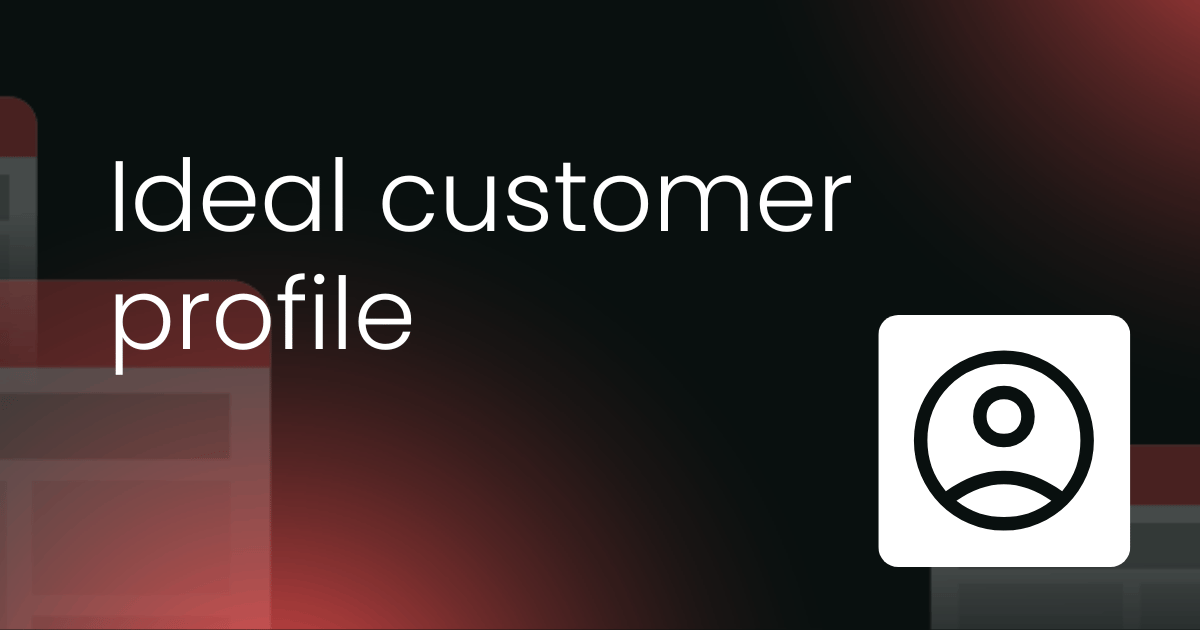
ICP example
Objective: Refine the target audience using high-fit criteria that generate business value.
ICP: E-commerce companies that handle over 200 deliveries per day, have last-mile operations with their own fleet, and operate in large urban centers. They’re in a phase of operational scaling, with dedicated logistics teams and allocated budgets for innovation and automation. They face recurring bottlenecks such as delivery delays and inefficient routing, and have already tested other market solutions with underwhelming results. They seek technology partners who offer consultative support and can adapt to their specific operational context.
Quantitative and qualitative criteria:
- Product/roadmap fit: Operating in dense urban space, managing hundreds of delivery points every day, and needing dynamic, intelligent route optimization.
- Healthy LTV and CAC potential: Medium to long-term contracts with high average ticket size, low churn, and plenty of room for expansion.
- Solution usage: Needs integrations with transport management systems, real-time dashboards, and predictive reporting.
- Retention signals: Past frustrations with competing tools; strong motivation to stick with a better solution.
- Market influence: Has a supply chain in a high-visibility space (e.g., São Paulo, Belo Horizonte, Porto Alegre) that others can benchmark against.
- Ideal purchase timing: Adjusting logistics structures as order volumes surge, with underlying pressure for more efficient operations.
Layer 3: Persona – how does this person think and decide?
In the personas phase, your strategy has real faces and personal stories attached to it. Personas are the real people who use your solution in their daily lives. They’re making decisions, running into barriers, and are directly involved in the ongoing success of your solution.
Unlike the broad definitions of target audience or ICP, personas reveal the details that matter most: motivations, behaviors, decision-making styles, and the barriers they face in adopting a new solution.
Consider “Patrícia,” the Director of Operations for a fast-growing national e-commerce business. Her biggest concerns are eliminating supply chain failures, controlling logistics cost, and ensuring her team embraces and learns the new technologies, not to mention the realization that current systems are overwhelmingly complex or the possibility of internal resistance to change.
In this example, the product marketing manager has a great opportunity to create messaging that speaks to these pain points and needs. Developing educational and personalized content can help guide Patrícia (and similar personas) through their journey.
Equipping sales and customer success teams with the right training and enablement materials will help strengthen communication and create a more positive customer experience. Plus, thoughtful onboarding and adoption processes will ensure customers see value from their very first interaction with the product, setting the stage for stronger engagement and long-term, product-led growth.
Persona example
- Objective: Identify the people who make the decisions, affect the decisions, or use the solution within the ICP.
- Persona: Patrícia, Director of Operations of a growing national e-commerce company.
- Role and responsibilities: Manages logistics end-to-end, covering planning, transportation, and customer service
- Pain points: No real-time visibility, no ability to trace inefficiencies in the logistics network, over-reliance on spreadsheets, and poor system integration.
- Goals and key metrics: Reducing logistics costs, meeting SLAs, increasing repeat purchase rates, and increasing basket delivery NPS.
- Where she learns: LinkedIn, industry portals like MundoLogística and Tecnologística, logistics innovation events, and peer benchmarking.
- Decision-making style: Rational, ROI-focused, guided by proven efficiency gains.
- Typical objections and how to overcome them: Concerns about building a long learning curve or lack of internal adoption. These concerns can typically be outweighed with short trials, guided onboarding, and clear benchmarks.
- Internal influencers: CFO (based on cost-benefit), IT (based on integration ability), and route coordinators (based on everyday involvement).
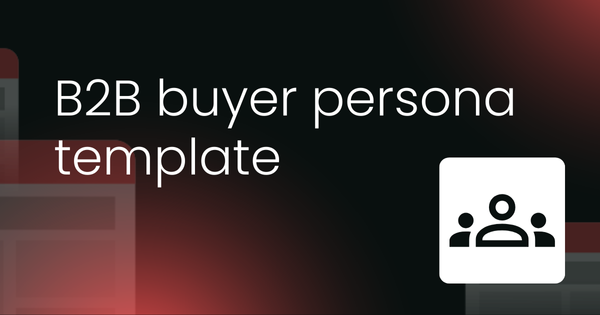
Product marketing’s role in this process
The product marketing manager is the conductor of the strategy funnel, orchestrating insights and alignment across teams.
This process begins at the top of the funnel with data, both quantitative data (data derived from market research, behavioral data, etc.) and qualitative data (from interviews and direct feedback). When combined, this gives you a realistic picture of your target audience, ICPs, and personas – what they value, how they decide, and where they struggle.
With these definitions in place, PMMs play a central role in ensuring consistency across the organization. By collaborating with sales, customer success, and product teams, they make sure every message is rooted in the same understanding of who the customer is, what they value, and how they make decisions.
This alignment translates into practical strategies: sharper campaign targeting, prioritization of high-potential accounts, and messaging that directly reflects the needs and pain points of real buyers.
However, your work doesn’t end with initial definitions. You must continually gather feedback, refine profiles, and adapt strategies as markets evolve. In this way, product marketing acts as a bridge between company and market – driving sustainable, focused growth and keeping the customer at the center of every decision.
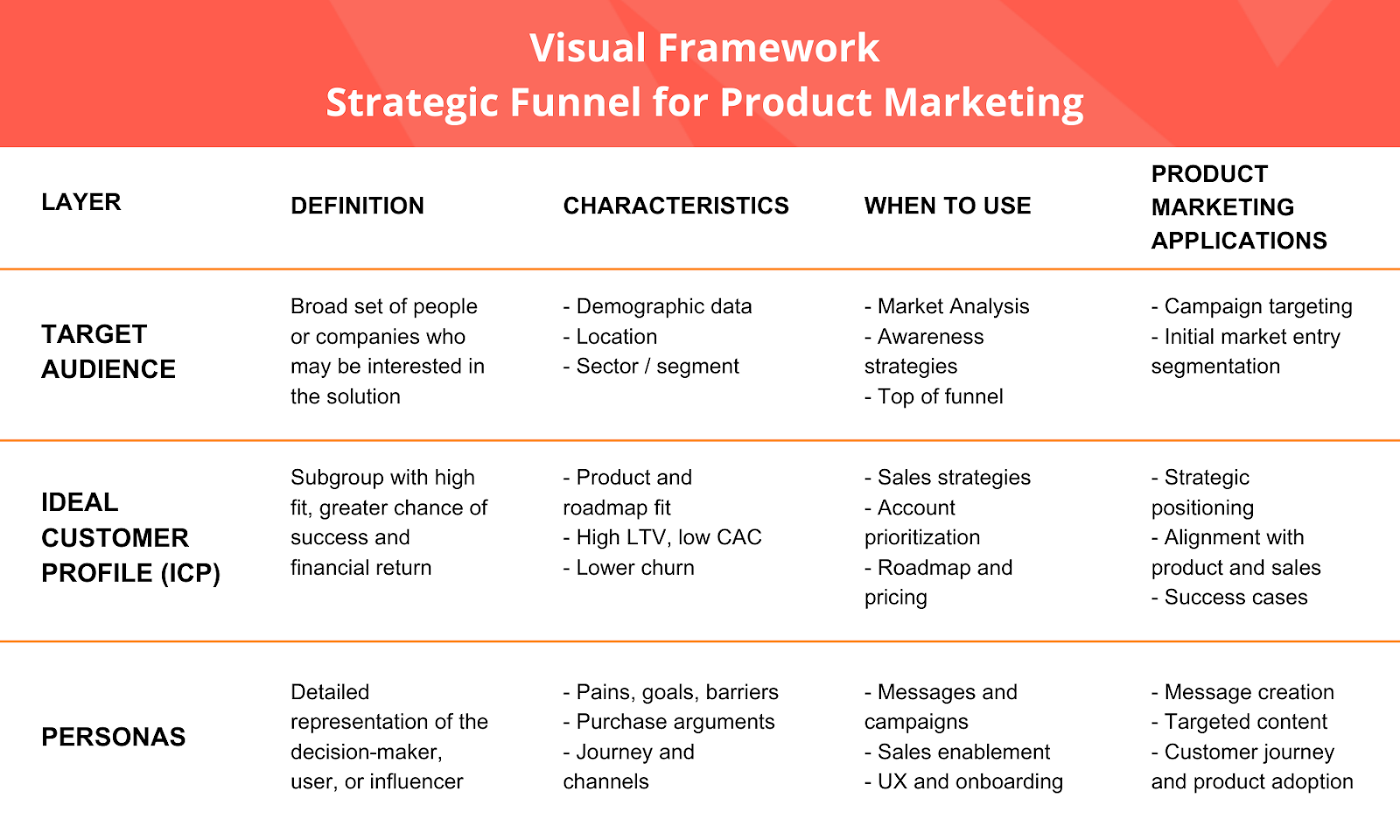
Applying the strategic funnel: Practical tips and tools
To effectively use the strategic funnel for decision making, you need clear processes and tools for analyzing both quantitative and qualitative data on an ongoing basis. This allows you to confidently make informed decisions and enables teams to move with alignment and speed.
Establishing ongoing processes to collect and analyze data from a variety of sources – both quantitative and qualitative – will maximize the advantages PMMs gain by systematically reviewing and validating profiles.
Sources to analyze quantitative data could include analytical tools such as Google Analytics, CRM, and BI platforms. In addition to this activity, PMMs should include structured interviews and direct feedback from customers and internal teams.
PMMs should create an environment for marketing, sales, product, and customer success teams to meet regularly to collectively review, validate, and update profiles based on qualitative and quantitative data. It’s important to meet regularly as a team in order to constantly learn and grow.
Visual forms, like empathy maps, customer journeys, and ICP templates, provide additional deep insights, which you can turn into actionable data that helps promote internal alignment workflows. Automation software, advanced audience bucket segmentation, and account-based marketing (ABM) should all be leveraged to create campaigns, track outcomes, and update campaigns in real time.
Ultimately, the PMM has to build a customer- and data-centric culture that facilitates open dialogue with the market, and ensures every bit of activity is clearly located within a relevant, actionable, and contemporary understanding of their audience, pushing effort into real, sustainable, and scalable growth.
Practical tips for PMMs:
- Implement consistent cycles of data collection by leveraging both quantitative inputs (CRM, analytics, etc.) and qualitative inputs (interviews, surveys, etc.) at every stage of the planning process to keep all knowledge accurate and timely.
- Lead multi-disciplinary workshops with marketing, sales, product, and customer success to create alignment and validate your target audience, ICP, and personas.
- Use visual frameworks (empathy maps, customer journeys, ICP paths, etc.) to facilitate internal understanding.
- Incorporate automation and segmentation tools (ABM, marketing automation, etc.) into multichannel campaigns to personalize outreach and focus on high-fit accounts.
- Make collecting feedback an ongoing habit by listening to field teams and customers, enabling quick pivots without sunk costs.
- Use data and storytelling to improve communication about who your audience is and to create engagement with both internal and external stakeholders.
- Track success metrics (LTV, CAC, churn, and conversion rates) to measure and improve upon performance at each stage of the funnel.
- Capture and disseminate learnings that improve the knowledge base, improve strategy adaptation, and support sustainable growth.
Common mistakes and how to avoid them
If you take nothing else away from this article, understand that strategies are often derailed by simple mistakes. By recognizing them early, you can build a stronger foundation and avoid costly missteps.
Mistake #1: Creating personas before defining the ICP
One of the most common mistakes is jumping straight into persona development without first defining an ideal customer profile. Without the ICP, personas risk being disconnected from business reality, leading to confusion and lack of direction.
To avoid this mistake, invest time in gathering data and validating your ICP before moving on to personas. This ensures that every profile you create reflects high-fit customers who truly matter to your business.
Mistake #2: Selling outside the ICP due to revenue pressure
Revenue goals can tempt teams to sell outside the ICP. While this may create short-term wins, it often leads to higher churn, poor customer experience, and rising service costs. Customers who don’t fit the ICP rarely stick around, and misaligned expectations strain both resources and relationships.
The key to avoiding this mistake is discipline. Focus on quality over quantity, and resist the “any sale will do” mentality.
Mistake #3: Relying on assumptions instead of data
Another common pitfall is building personas and strategies on assumptions. Guesswork undermines continuity, reduces effectiveness, and increases the risk of failure.
To avoid this, rely on research, feedback, and analysis to justify every part of your strategy.
Conclusion: Knowing the customer is the strategy
As we move through the strategic funnel from target audience to ICP and finally to personas, it becomes more and more apparent that a deep understanding of your customers isn’t just a “nice to have”; it’s essential to creating consistent and sustainable growth.
This isn’t about creating profiles for the sake of it; it’s about connecting meaningfully with the market. Each layer of the funnel sharpens your understanding, offering clarity for decisions, speed for action, and depth in messaging.
This is an ongoing process that requires active listening and cross-organizational collaboration to adjust as the market evolves.
By keeping focus on the ideal customer and understanding personas in their full context – their pain points, motivations, and journeys engagement – you create the conditions for more authentic engagement, products that address real needs, and growth.
It's not about following a hard-and-fast formula; it‘s about embracing a customer-centric approach where learning and changing become a habit, and the organization invests in truly important things: the right relationships, at the right time, with the right messages.
This is the true essence of product marketing and the path to turning knowledge into meaningful results.





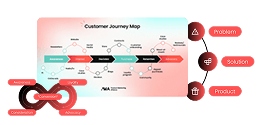
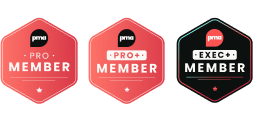



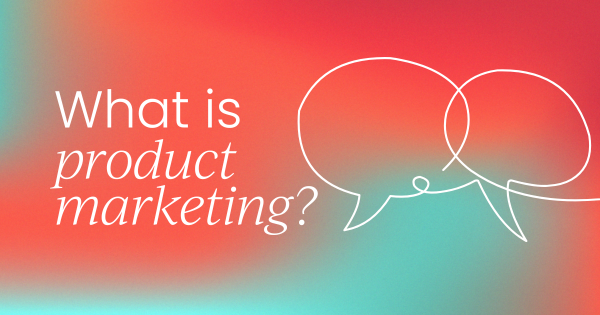
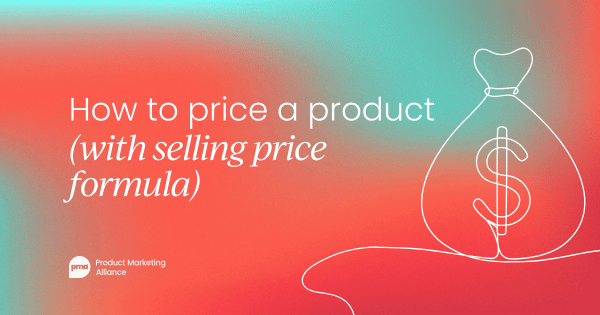

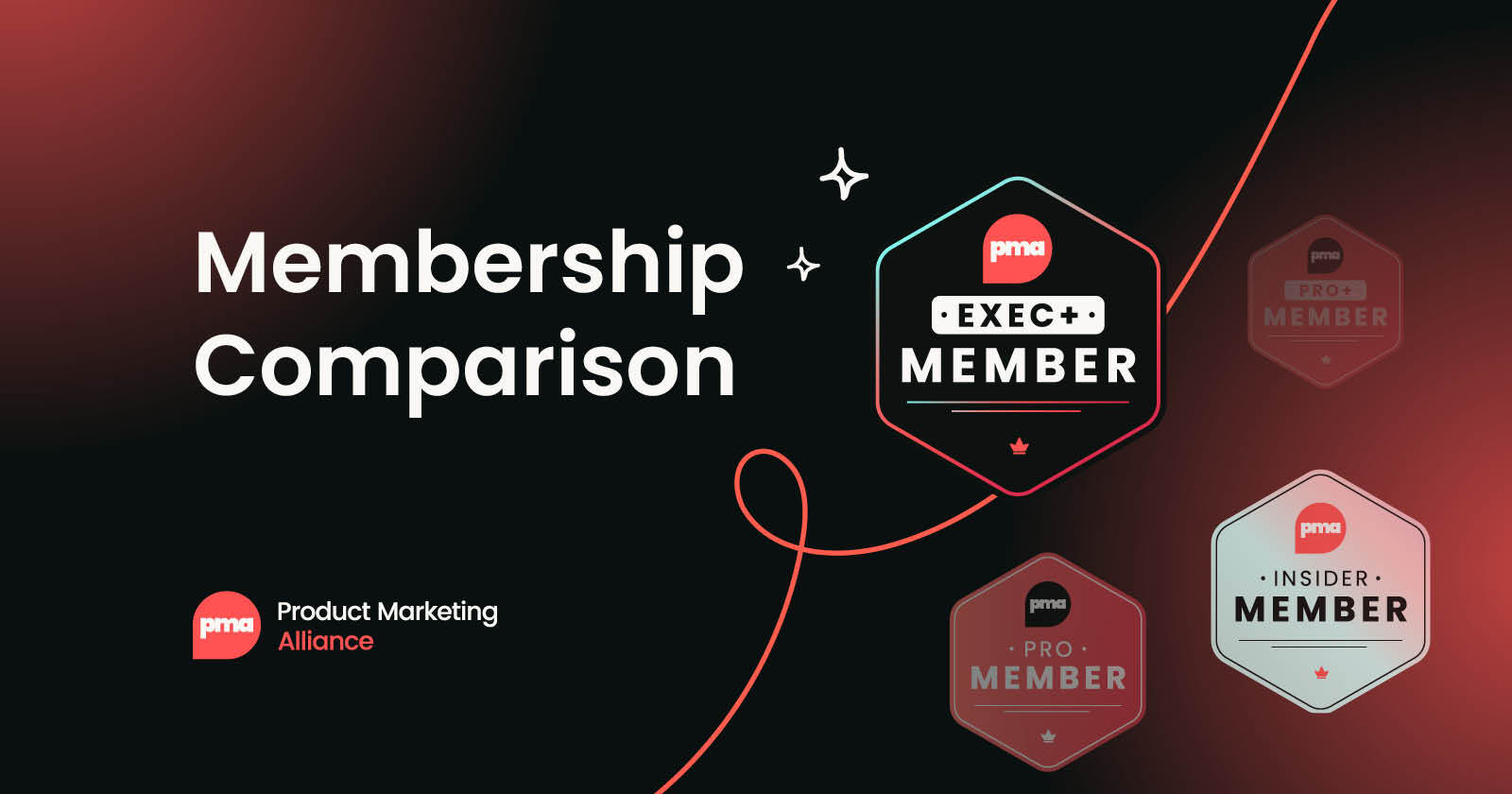
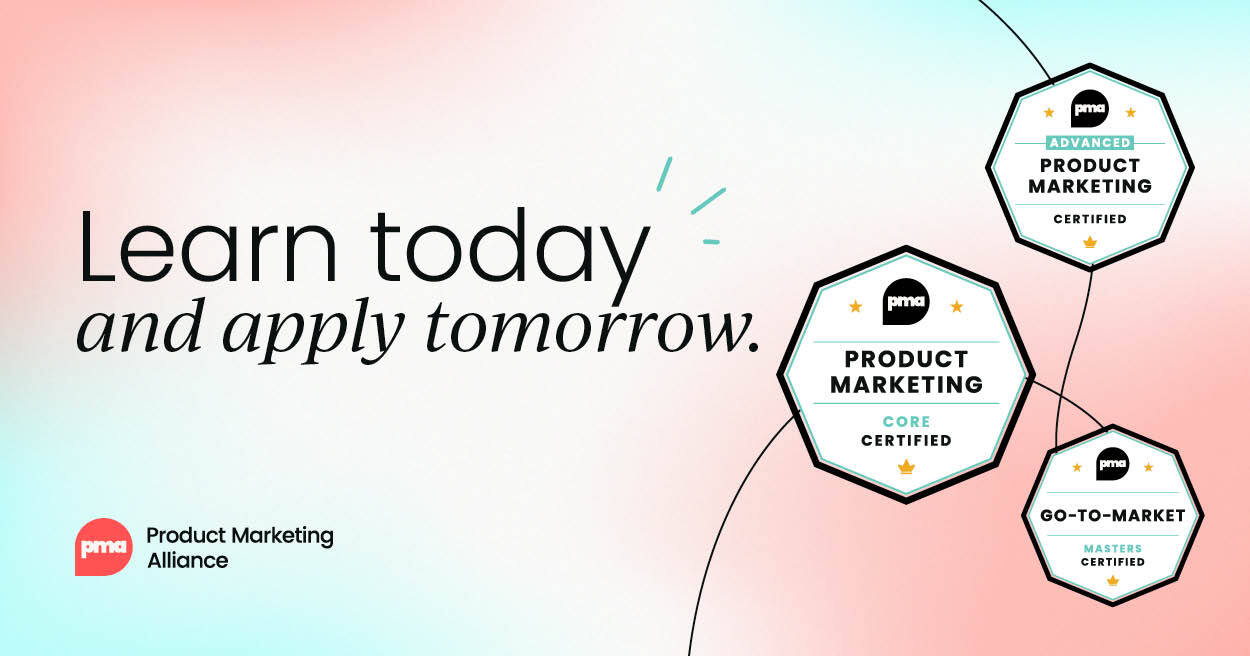
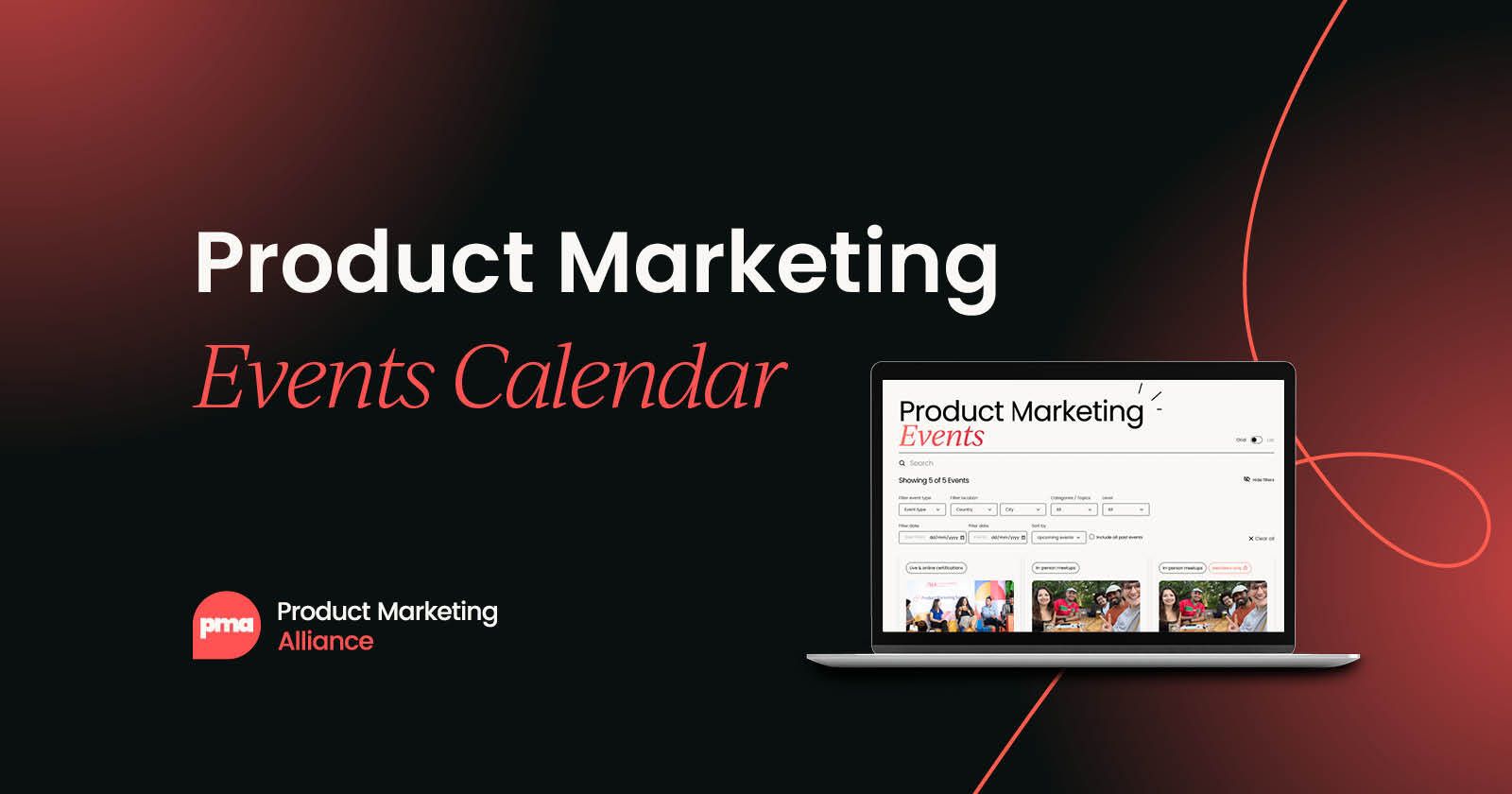


 Follow us on LinkedIn
Follow us on LinkedIn



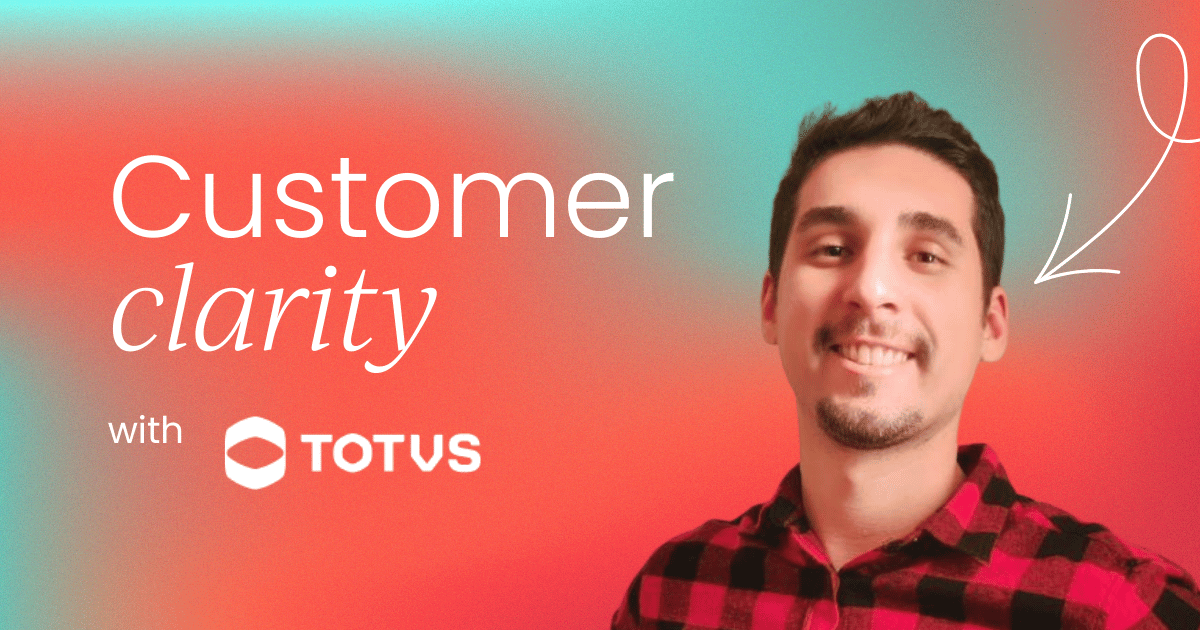


.svg)
Start the conversation
Become a member of Product Marketing Alliance to start commenting.
Sign up now